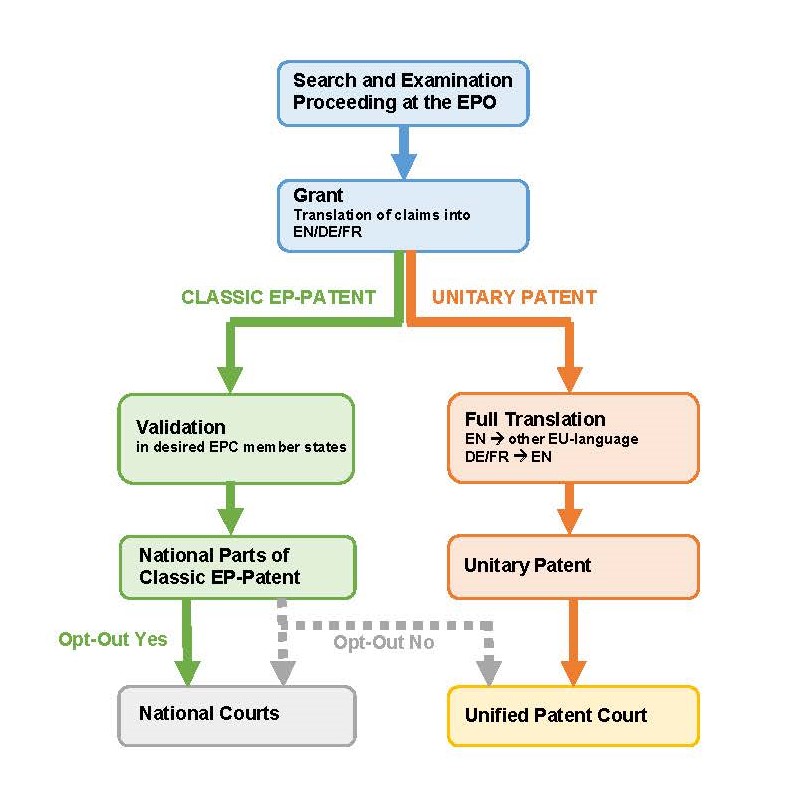WEB-CONTENT MEASUREMENTS – T 1422/19-3.5.07 – May 19, 2021 – non-technical features which contribute to technical character
The software discussed in this decision carries out an indirect measurement. The software measures/ determines a web page viewing area based on the measurement/ input data/ raw data of the size of a browser window. Such indirect measurements are of a technical nature, regardless of what use is made of the results (cf. G 1/19, point 99).





